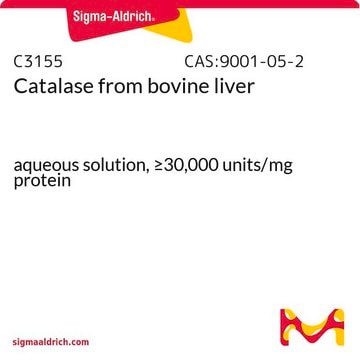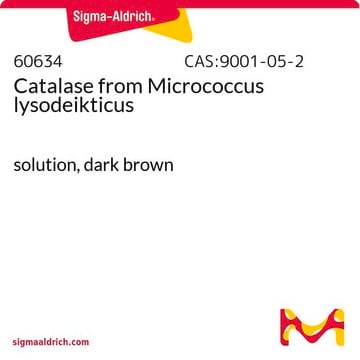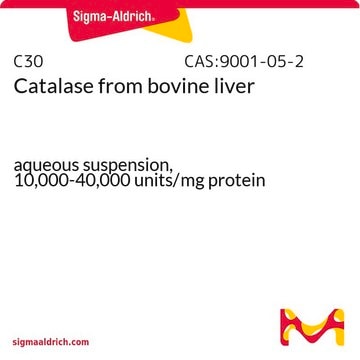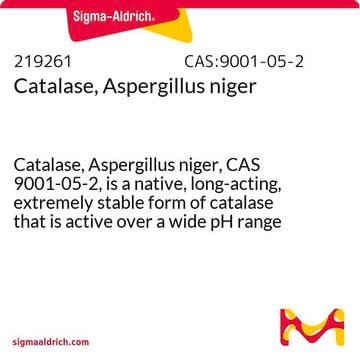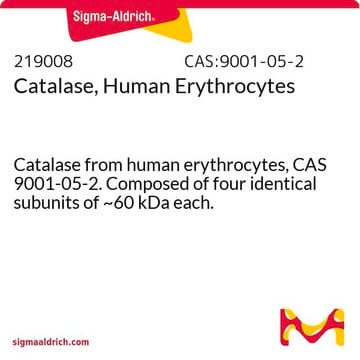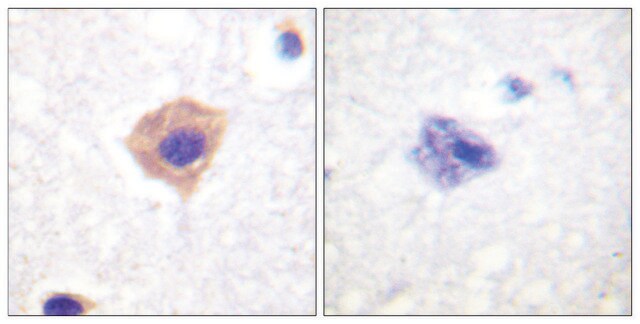02071
Catalase from Corynebacterium glutamicum
solution, deep brown, ≥500000 U/mL
About This Item
Prodotti consigliati
Origine biologica
bacterial (Corynebacterium glutamicum)
Forma fisica
solution
Concentrazione
≥500000 U/mL
Colore
deep brown
Condizioni di spedizione
wet ice
Temperatura di conservazione
2-8°C
InChI
1S/C9H10O3/c1-2-12-9(11)7-3-5-8(10)6-4-7/h3-6,10H,2H2,1H3
NUVBSKCKDOMJSU-UHFFFAOYSA-N
Descrizione generale
Applicazioni
Azioni biochim/fisiol
Definizione di unità
Stato fisico
Avvertenze
Warning
Indicazioni di pericolo
Consigli di prudenza
Classi di pericolo
Flam. Liq. 3
Codice della classe di stoccaggio
3 - Flammable liquids
Classe di pericolosità dell'acqua (WGK)
WGK 1
Punto d’infiammabilità (°F)
105.8 °F - closed cup
Punto d’infiammabilità (°C)
41 °C - closed cup
Dispositivi di protezione individuale
Eyeshields, Faceshields, Gloves, type ABEK (EN14387) respirator filter
Certificati d'analisi (COA)
Cerca il Certificati d'analisi (COA) digitando il numero di lotto/batch corrispondente. I numeri di lotto o di batch sono stampati sull'etichetta dei prodotti dopo la parola ‘Lotto’ o ‘Batch’.
Possiedi già questo prodotto?
I documenti relativi ai prodotti acquistati recentemente sono disponibili nell’Archivio dei documenti.
I clienti hanno visto anche
Il team dei nostri ricercatori vanta grande esperienza in tutte le aree della ricerca quali Life Science, scienza dei materiali, sintesi chimica, cromatografia, discipline analitiche, ecc..
Contatta l'Assistenza Tecnica.
